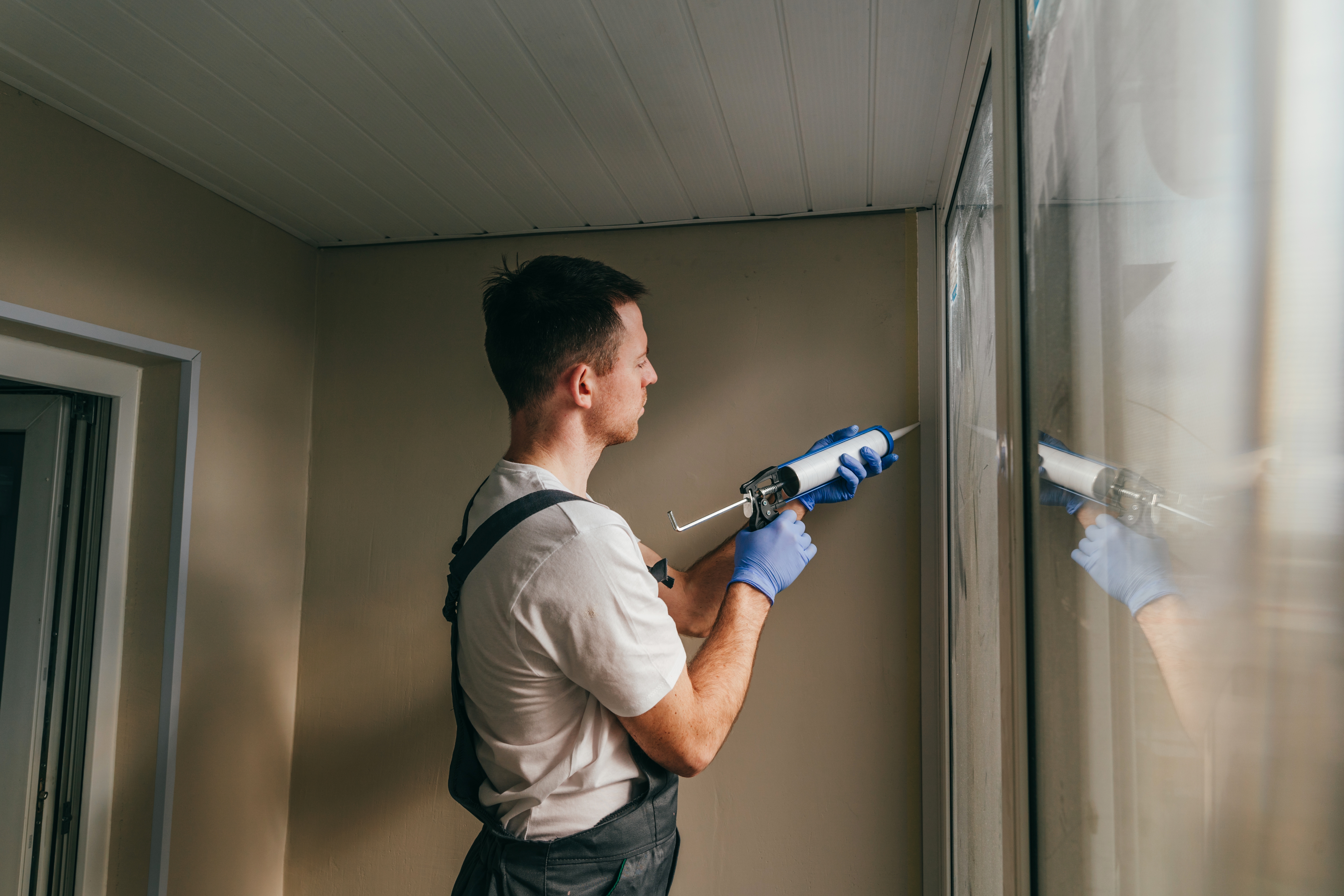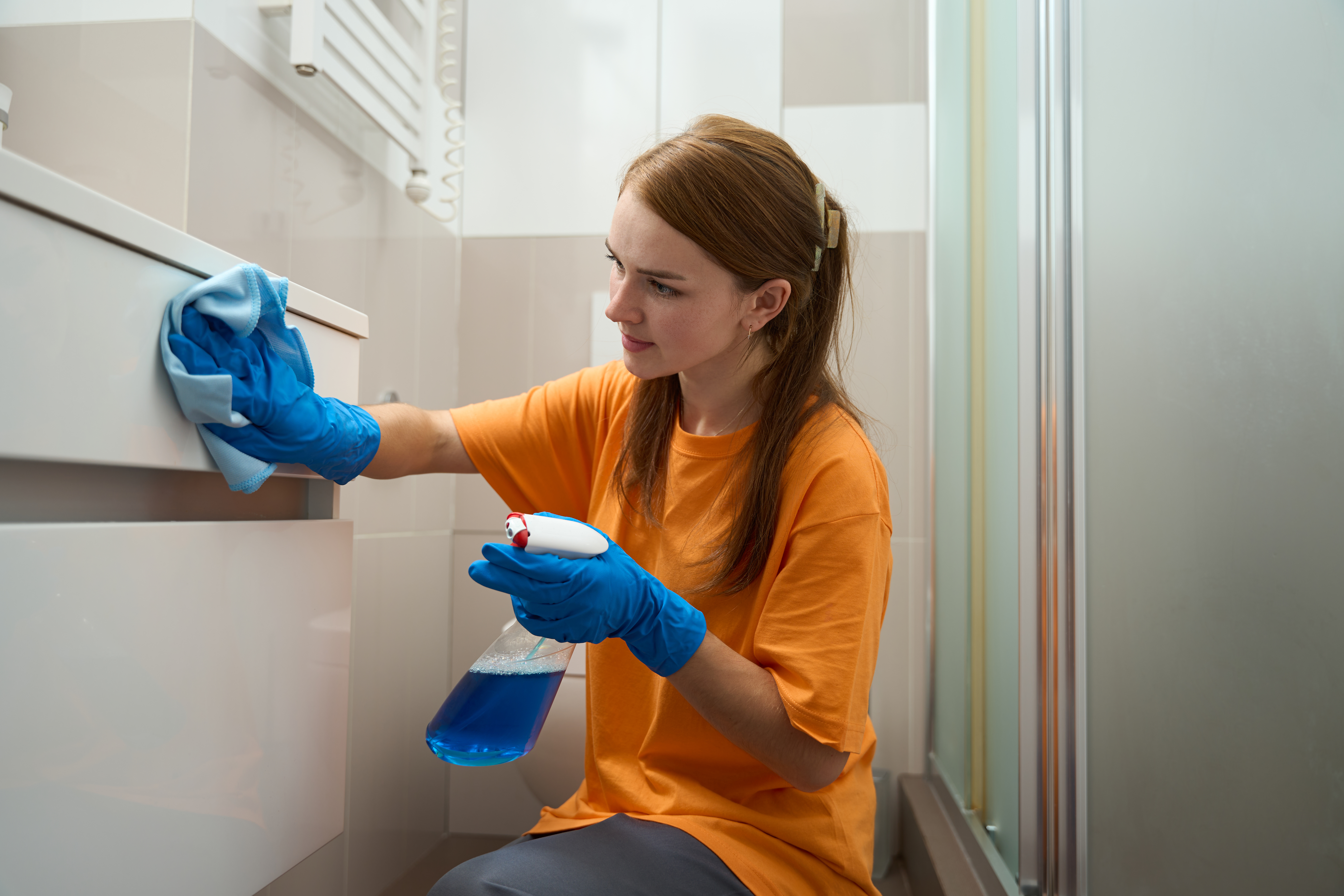11 Things You Need to Know About Preventing Hantavirus
3. Effective Rodent-Proofing Techniques

Creating a physical barrier is critical to keeping rodents out. Seal any cracks, gaps, or holes larger than a quarter-inch in your foundation, walls, and around utility entry points using durable materials like steel wool (which they can't chew through), caulk, sheet metal, or cement mortar. Ensure doors and windows seal tightly. Equally important is eliminating potential nesting sites and easy navigation indoors; maintain a clean, clutter-free environment, especially in storage areas, basements, and garages, removing piles of debris or boxes that offer rodents comfortable hiding spots.
4. Safe Cleaning Practices to Prevent Hantavirus

If you find rodent droppings or nests, cleaning them requires extreme caution to avoid aerosolizing the virus. Never sweep or vacuum dry droppings. Always wear rubber or plastic gloves and a respirator mask (like an N95). First, thoroughly wet the contaminated area with a bleach solution (1 part bleach to 9 parts water) or another appropriate disinfectant, letting it soak for at least 5-10 minutes. Then, use paper towels to wipe up the waste, seal it in a plastic bag, and dispose of it immediately in an outdoor trash container. Disinfect gloves before removing them, and wash hands thoroughly afterwards.
